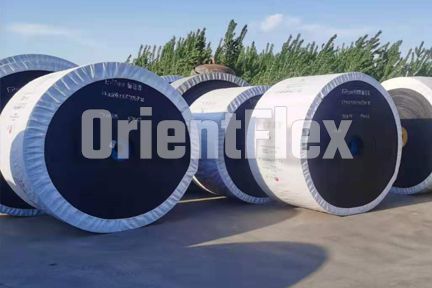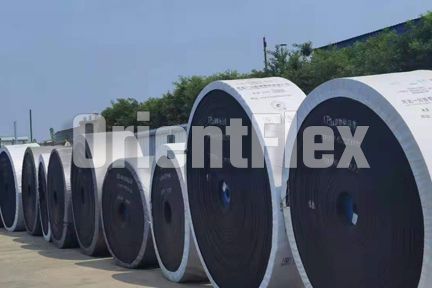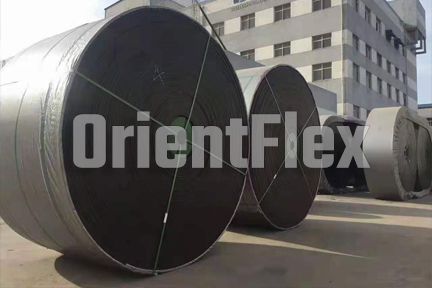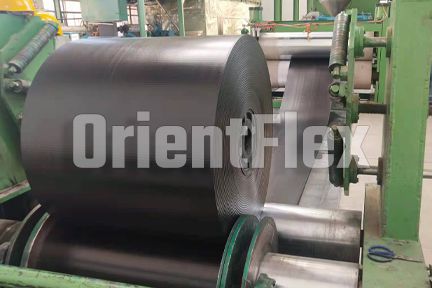- Email orientflex@orientrubber.com
- WhatsApp / Phone+86 180 3186 9514
Rubber processing is to turn raw rubber into a product with required shape, size and performance through a series of processing processes. It mainly includes three parts: raw materials and coordination, processing technology, performance testing, and the test part is often talked about. When encountered, especially the conventional physical and mechanical properties and processing technology properties, the following conceptual introductions are given respectively, and the detailed reference standards will be provided in detail:
In addition to the main raw material rubber used in the manufacture of rubber products, other compounding agents must be used. In the past, manual operations were often used. Nowadays, large-scale internal mixers are mostly automated by using auxiliary machine systems and microcomputer control, compounding agents and their functions. The introduction is as follows:
Raw rubber: the parent material of the rubber series
Vulcanization system: It can make the high-strength conveyor belt rubber from linear macromolecules to three-dimensional network macromolecules to reinforce the filling system, improve the mechanical properties, make the non-self-reinforcing rubber be used, and improve the process performance and reduce the cost. There are also functional, such as flame retardant, conductive, magnetic and other anti-aging systems. To extend the service life of rubber belt products are mainly anti-thermal oxygen, ozone, photooxygen, harmful metal ions, fatigue, mold, etc. Plastic compounding system can reduce the viscosity of the rubber compound, improve the processing performance, and reduce the cost. There are plasticizers, dispersants, homogenizers, tackifiers, peptizers, anti-scorching agents, mold release agents and other special compounding systems to give rubber Special performance such as adhesion, coloring, foaming, flame retardant, coupling, antistatic, electrical conductivity, fragrance, hardening, lubrication, anti-spray and other matching systems.
Different types of conveyor belt rubber products have different processing processes, and there are many processes, but rubber mixing, calendering, extrusion, molding, and vulcanization are the basic processes of rubber processing. The brief introduction is as follows:
Rubber mixing: It is divided into plastic mixing and mixing. Plastic mixing is defined as reducing molecular weight, increasing plasticity, improving processing performance, and making plasticized rubber that meets the requirements of plasticity. Mixing is defined as mixing and dispersing rubber and compounding agents uniformly after mixing to make a rubber compound. The equipment used is an open mixer, an internal mixer and an extruder.
Calendering: It can manufacture pure film, patterned film, cord fabric, canvas, copper-plated steel cord and other framework materials covering rubber layer.
Extrusion: Continuously extrude semi-finished products with different cross-sections, such as hoses, profiles, V-belts, travellers, rubber sheets, etc. through different mouth shapes, for molding and direct vulcanization using the extruder.
Forming: Combine the various parts that make up the product to form a semi-finished product with a slightly larger quality that is similar to the shape of the finished product. There are various molding processes and equipment, such as a typical molding equipment precision preformer, and some manual operations, etc.
Vulcanization of wear-resistant conveyor belt: The final process of rubber processing is to use individual vulcanizers, vulcanizers, plate vulcanizers and equipment such as microwaves to vulcanize unvulcanized semi-finished products under certain conditions, and then undergo appropriate modification treatments. And made into finished products.
In rubber processing, the test is divided into three parts, namely raw material quality control, processing technology process control and finished product quality control.
You can contact or visit us in our office from Monday to Friday from 8:00 - 18:00





